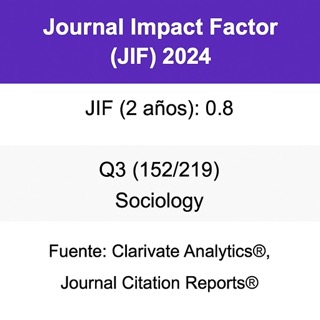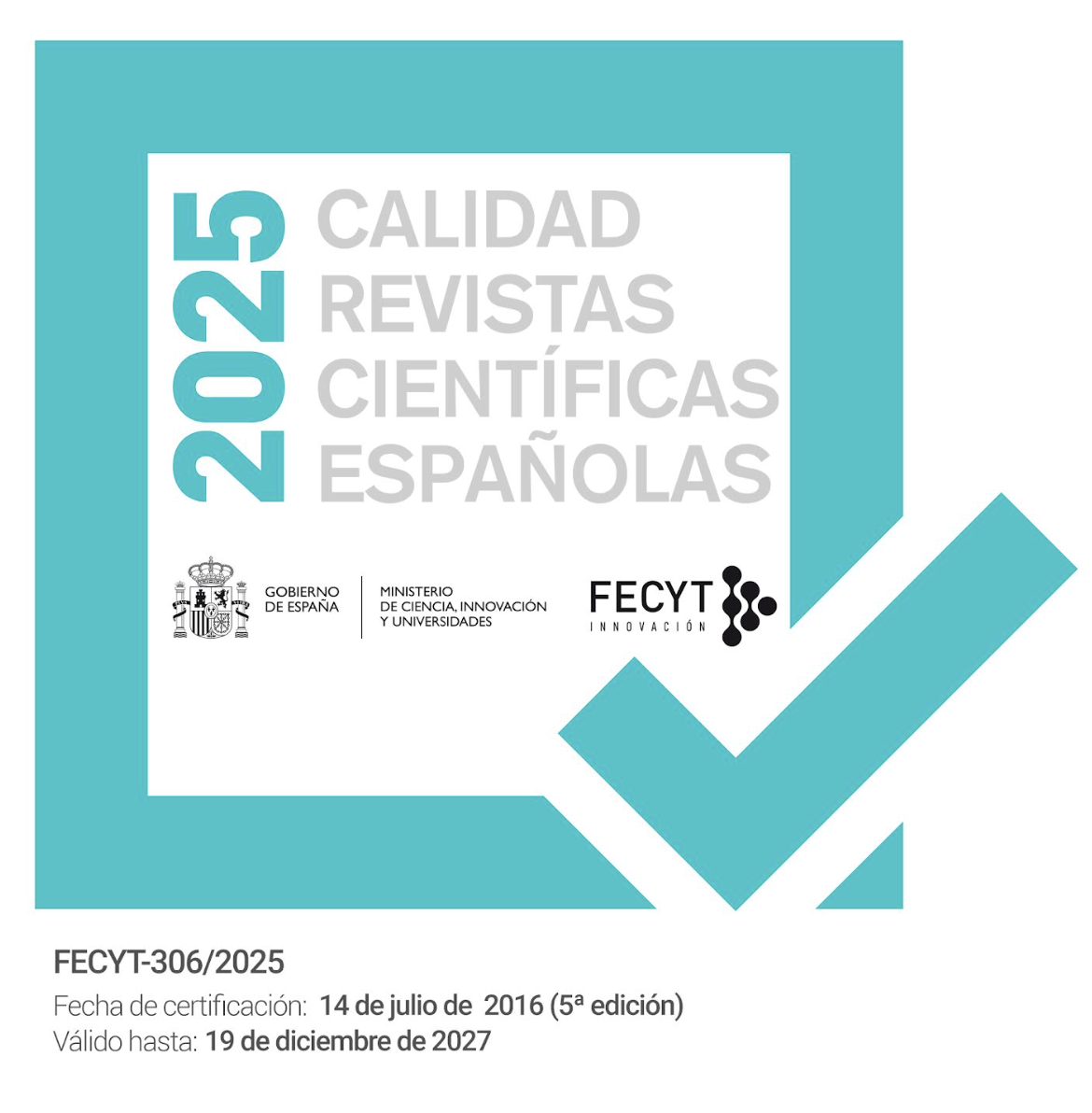¿Influyen las trayectorias familiares en la calidad de vida percibida en la vejez?
DOI:
https://doi.org/10.22325/fes/res.2022.109Palabras clave:
Personas mayores, curso de vida, género, CASP-12, EspañaResumen
Los eventos relacionados con la formación familiar; uniones y tenencia de hijas/os, condicionan la estructura de las redes sociales de las personas mayores, las cuales se han revelado como un determinante clave del bienestar a edades avanzadas. Este artículo aplica la perspectiva del curso de vida para explorar hasta qué punto el tipo de trayectoria familiar de mujeres y hombres mayores en España influye en su calidad de vida. Utilizando los datos retrospectivos para España de la encuesta Survey of Health, Ageing and Retirement in Europe (SHARE) se ha generado una tipología de trayectorias familiares para mujeres y hombres mayores. Después, se examina la asociación entre esas tipologías y el indicador CASP-12 mediante un modelo de regresión lineal multivariante. Los resultados muestran que solo las personas con trayectorias familiares caracterizadas por haber convivido en pareja, pero sin descendencia, mantienen niveles de calidad de vida en la vejez considerablemente más bajos, indistintamente del sexo.
Publicado
Cómo citar
Número
Sección
Licencia
Derechos de autor 2022 Celia Fernández-Carro, Jordi Gumà, JordiGuma

Esta obra está bajo una licencia internacional Creative Commons Atribución-NoComercial 4.0.
Todas las publicaciones de la Revista Española de Sociología se realizarán bajo una licencia abierta Creative Commons de Reconocimiento 4.0 Internacional (CC BY 4.0). Dicha licencia establece que los autores son los poseedores de los derechos de propiedad intelectual de sus trabajos, que pueden redistribuirse a cambio de un reconocimiento adecuado. Para más información de la licencia Creative Commons, consultar aquí.
Una vez aceptado un artículo para su publicación, la Revista Española de Sociología solicitará al denominado "autor para la correspondencia" la aceptación de una licencia obligatoria Creative Commons incluida en un acuerdo o contrato de publicación.



